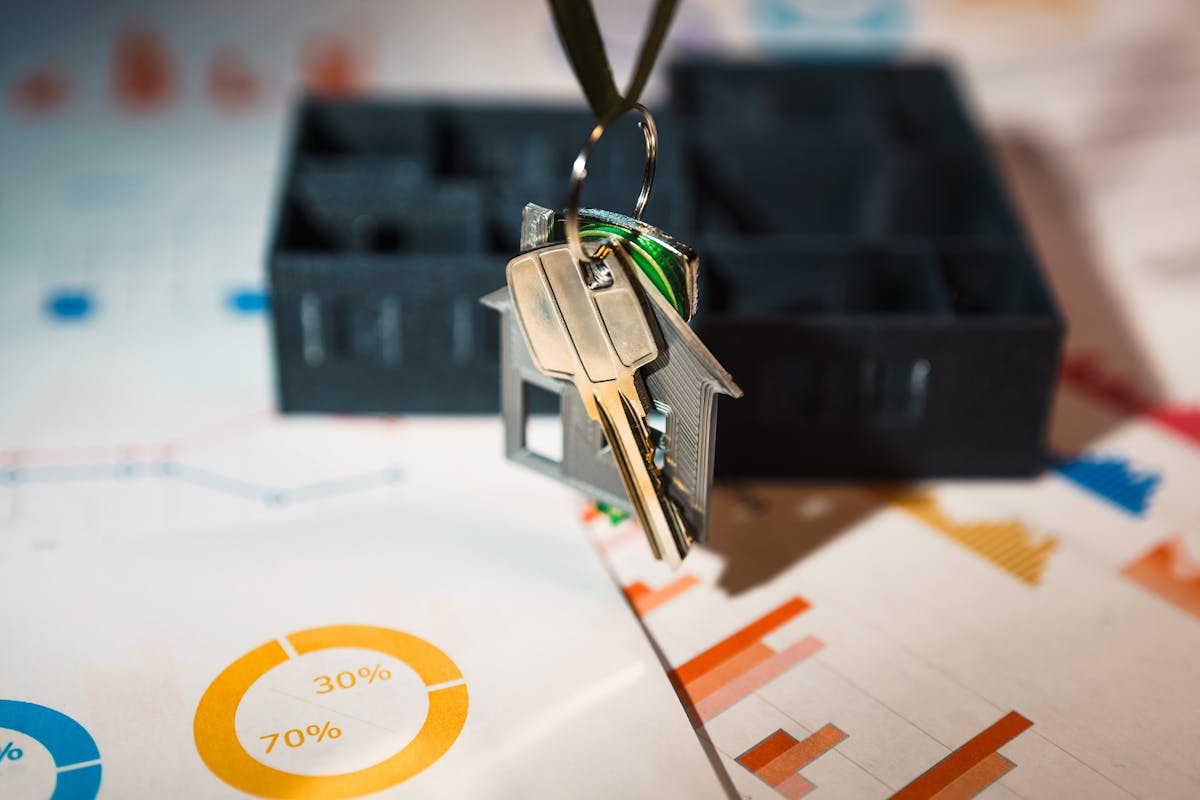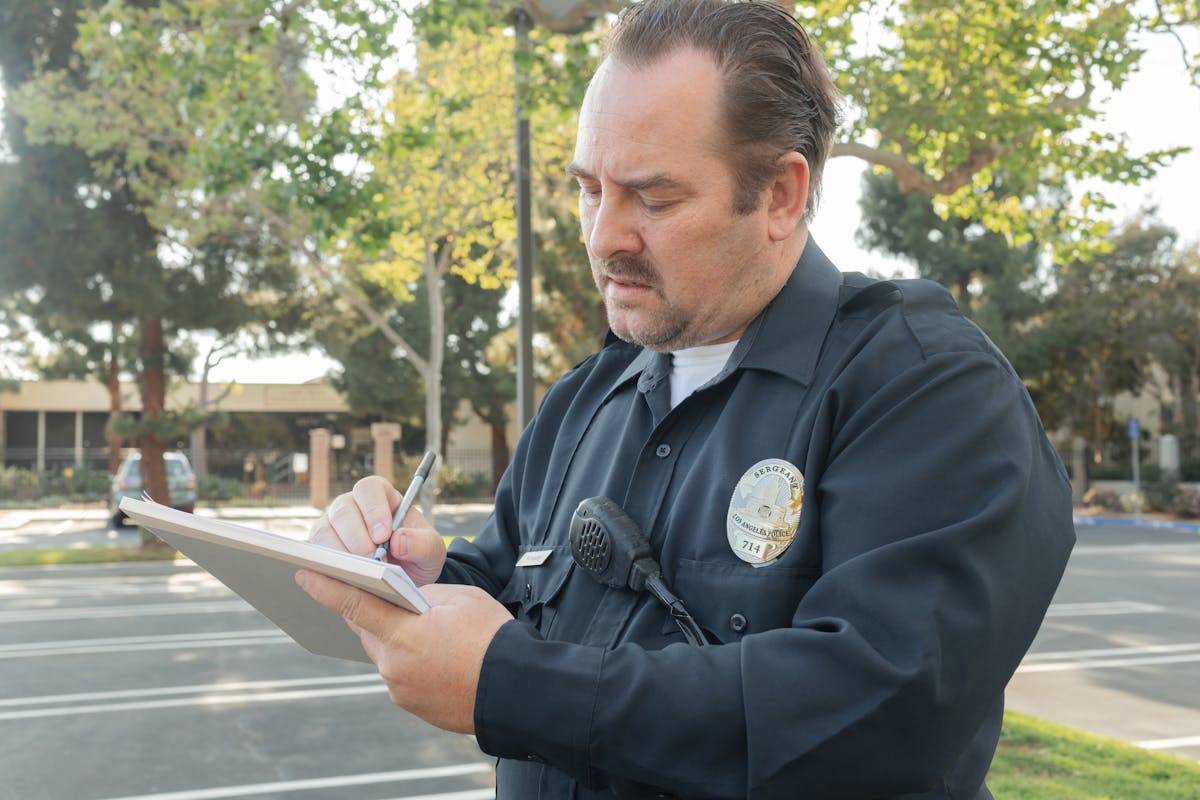Serving divorce papers involves a series of conscientious steps to complete. In California, navigating this process requires careful attention to legal requirements and procedures. As you embark on this difficult journey in life, it’s essential to ensure each step is executed properly, from checking your eligibility for divorce and the process to hire a process server in California to negotiating a settlement, every stage demands diligence and clarity.
So, how to serve divorce papers in California? Here is a step-by-step guide to help you navigate the process seamlessly.
Steps in Serving Divorce Papers in California
Step 1: Check Your Eligibility for Filing a Divorce
Before you start acquiring the necessary documents for divorce, check if you meet the residency requirements for dissolution of marriage stipulated by the Family Code of California. According to this law, at least you or your spouse has been a state resident for a minimum of six months before filing. Also, one of you must have lived in the county where you filed the proceeding for a minimum of three months. The same law also states that your marriage should be entered in California.
It’s crucial to understand these residency requirements to avoid complications or delays in the divorce process. It sets the groundwork for a smooth progression through the subsequent steps.
Step 2: File the Divorce Petition
Once you have confirmed your eligibility, you can proceed with filing the divorce petition. You can do this with your county’s court clerk using the FL-100 form.
This document establishes the identity of the parties involved and provides essential information about them. It also contains other essential information, such as residence requirements, the status of your marriage or partnership, your children, grounds for separation, child custody and visitation, child support, spousal support, and your properties. When disclosing your information, it is important to be entirely transparent, as failure to do so can result in penalties or the court potentially awarding the other party a more favorable outcome. Your spouse will be required to do the same when they file their response as well.
As the petitioner, you are responsible for paying a filing fee of $435-$450. However, if unable to afford the fee, you can request the court for a fee waiver.
Step 3: Serve Your Spouse
After filing the petition, you can serve your spouse with the divorce papers. The service of process notifies your spouse that a divorce case has commenced and provides them with copies of all completed divorce documents.
In California, the best option to serve divorce papers is to hire a professional process server. These professionals possess the expertise and resources to serve legal documents efficiently. They also understand how to perform this task according to state regulations, so with them, you are entirely avoiding the risk of errors or violations.
Choosing the right method of service is crucial to ensure your divorce process proceeds smoothly. By enlisting the services of a professional process server, you can focus on other important aspects of your divorce proceedings.
Step 4: Wait for Your Spouse’s Response
According to California Courts, the deadline for responding to divorce petitions is 30 days from the receipt of the petition. Once you have served your spouse, they will have this timeframe to complete a parallel set of divorce papers known as the Response. Similar to the initial filing, your spouse must file their response forms with the court clerk within this 30-day window.
It’s crucial to understand the implications of your spouse’s response or lack thereof. If they fail to file the response within the stipulated timeframe, the court may issue a default judgment against them. This means they forfeit their right to voice preferences on important family law matters, such as child custody and support and distribution of community property.
Maintaining open communication with your spouse during this period is advisable, as it can lead to a smoother and more cooperative divorce process.
Step 5: Negotiate a Divorce Settlement
There are various ways to negotiate a divorce settlement. Traditionally, this is done through divorce mediation, where you engage a divorce attorney to help you reach a deal.
Another option is collaborative divorce. In this method, both you and your spouse enlist individual attorneys and mental health professionals to serve as personal advocates and divorce coaches, respectively. This might also involve other professionals, such as child advocates, financial advisors, or real estate agents, to help with the process.
While collaborative divorce may incur higher costs due to the involvement of multiple professionals, it tends to be less expensive than litigation. The process prioritizes cooperation and aims for a timely resolution, offering a viable alternative to contentious courtroom battles.
The nature and expense of your divorce process hinge greatly on you and your spouse’s ability to negotiate amicably. An uncontested divorce, achieved through mutual agreement without court intervention, often proves faster and less expensive than a contested divorce.
Step 6: Receive Final Judgment from the Court
Once negotiations are finalized, the court will issue a final judgment that officially ends your marriage. This judgment outlines the terms of the divorce, including property division, child custody, and support arrangements. It’s essential to review the judgment carefully to ensure it accurately reflects the agreements reached during negotiations. Upon receiving the court’s decision, the divorce process is complete, and you can move forward with your life.
All these steps comprise how to serve divorce papers in California. By completing them, you can dissolve your marriage within the state’s legal framework.
How Long Does It Take to Serve Divorce Papers in California?
So, how long does it take to serve divorce papers in California? Generally speaking, the state imposes a six-month waiting period for the dissolution of marriage before a divorce judgment can be issued.
If your divorce is uncontested, meaning there are no conflicts and both parties agree, this six-month duration is typically sufficient to finalize the settlement. On the other hand, if complications arise (disputes over child custody, division of assets, etc.), the process may extend beyond this timeframe.
Effective planning and cooperation between parties are essential to expedite the process.
Serve a Spouse with Divorce Papers with a Process Server From D&R Legal Process Service!
So, you now know how to serve divorce papers in California. The next step is to hire a process server who can efficiently handle the legal documentation delivery process on your behalf.
With D&R Legal Process Service, you can trust in a dedicated team of professionals to facilitate a seamless service of process and ensure that your divorce proceedings carry on smoothly from start to finish. Contact us today to experience the difference our expertise can make in your divorce journey!









